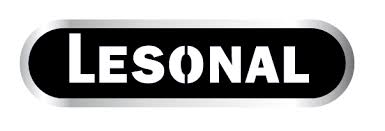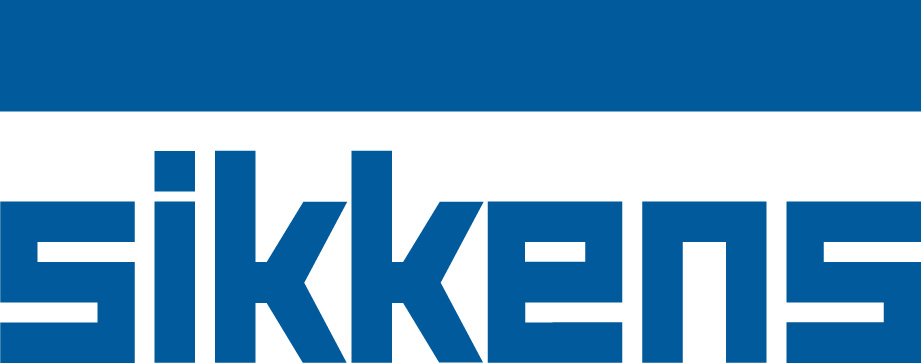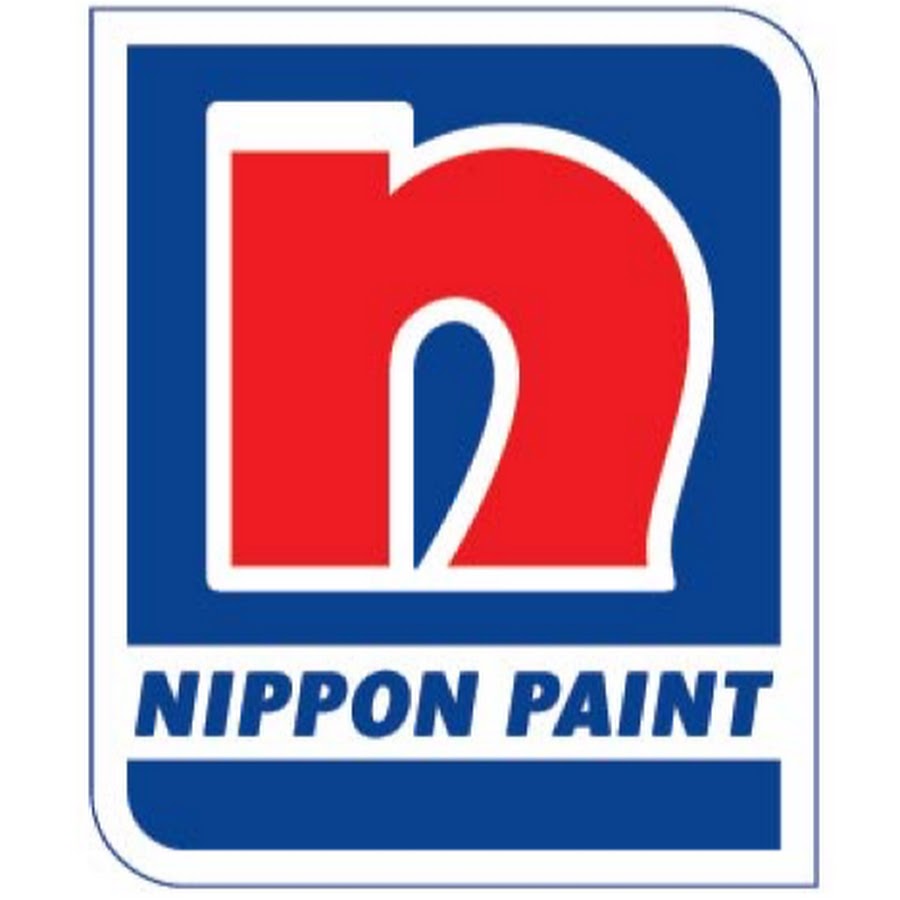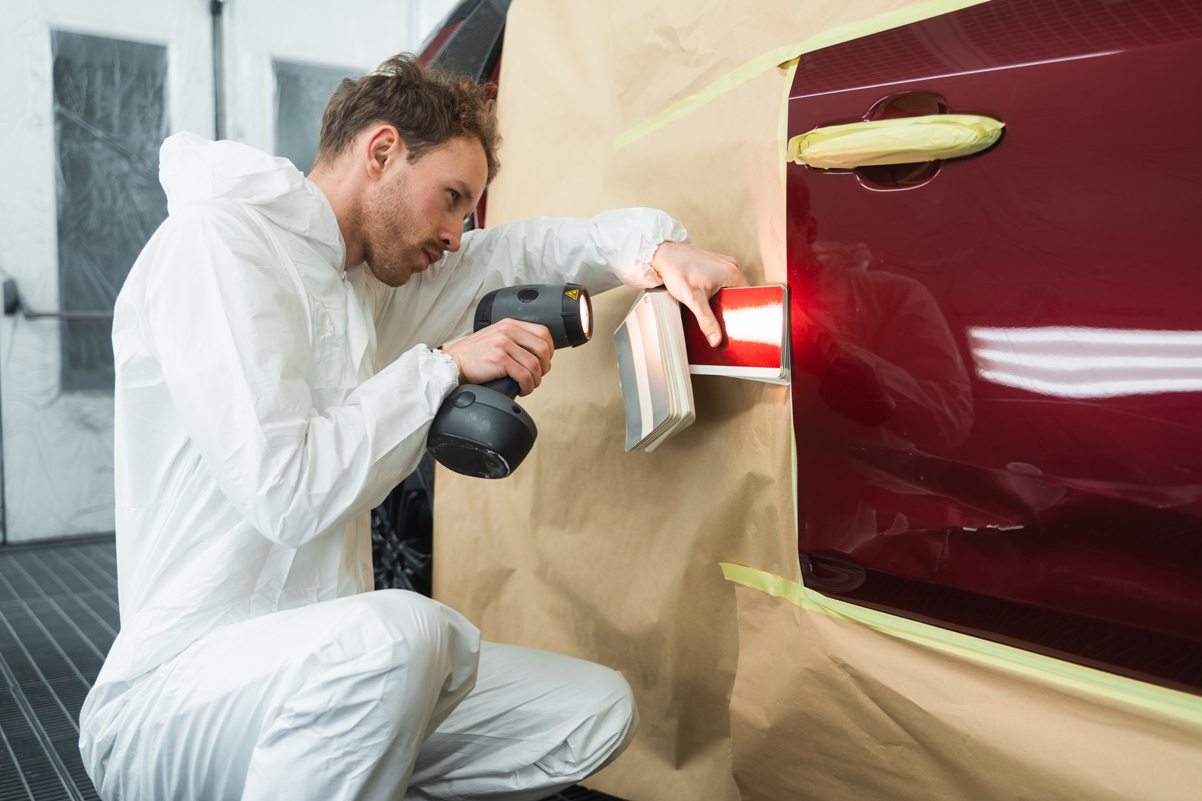I never hid the love for travelling in my posts. I am privileged to to travel for my work, and, in spite of all hardships one journey may have, I feel enthusiastic when I enter an airport terminal. At the beginning of every year I take my time to set up my travel schedule for the year ahead. Melbourne Collision Repair Fair, Autopromotec in Bologna, SEMA show in Las Vegas, and then trainings, presentations, meetings… Russia, Turkey, Georgia, France… While I was looking at the map, I realized that all of the automotive coatings industry has its roots grown mainly from four countries: USA, Germany, Japan and, surprisingly from the small Kingdom of Netherlands.
Please note that the information I used here comes from the official websites of the companies. If I missed something or made some mistake, please feel free to correct me by commenting on this post. It would be great to learn more about all the leading companies in automotive coating industry.
Why there?
Initially, let me explain to you my thinking. I guess that some of my dear readers may not agree. First of all I took into consideration pure numbers, and as they say “numbers don’t lie”.
65% of the market of automotive OEM and refinishing coatings is shared by only five global corporations. Not ten, nor twenty, just five! Here they are: PPG, BASF, Axalta, Sherwin Williams and Akzo Nobel. It is worth adding also two Japanese giants with continuously growing presence across the globe: Nippon and Kansai Paints. Clearly, the vast majority of automotive coatings are developed in only four countries: USA, Germany, Netherlands and Japan! Let me elaborate upon this with a bit more information.
United States
Undoubtedly, American coatings manufacturers are undisputable leaders in the global market of automotive coatings. Three out of four biggest producers have their headquarters in the US.
PPG
PPG Industries (Pittsburgh Plate Glass) was founded in 1883 as a plate glass factory, while in 1900 PPG entered the coatings business. In 1960s the company is already supplying paint to car manufacturers, becoming one of the leaders in this industry. PPG was the first company to introduce in 1986 water paints to OEM, while with acquisition of ICI Autocolor (now Nexa Autocolor) in 1991, PPG strengthened its position in waterborne paint technology launching first waterborne refinish system in 1992. Acquisition of ICI Autocolor was also the first step for the European expansion. However, PPG didn’t stop there, and in 1997 the company acquired Italy’s oldest paint manufacturer (founded by the Swiss entrepreneur Max Meyer in 1895).
Axalta (former DuPont Coatings)
 Another global automotive coatings leader is Axalta, which until 2013 was known as DuPont Performance Coatings (as a division of American conglomerate, which was founded in 1802). DuPont was the first company to introduce in 1920 quick-drying multicolor paints. However, the past and modern history of Axalta was influenced by acquisition of two iconic German automotive paints brands. Spieshecker a renowned German brand, founded in 1880, probably is the oldest brand, dedicated to vehicles, since it was created to supply varnishes for coaches from the very beginning, while refinishing products were already available in early 1900s. In 1999, a German brand – Spieshecker, part of Hoechst Group was acquired by DuPont Performance Coatings. Another German brand, Standox, established in 1955 as a brand name of the German factory with long history– Herberts from Wuppertal merged with the American giant.
Another global automotive coatings leader is Axalta, which until 2013 was known as DuPont Performance Coatings (as a division of American conglomerate, which was founded in 1802). DuPont was the first company to introduce in 1920 quick-drying multicolor paints. However, the past and modern history of Axalta was influenced by acquisition of two iconic German automotive paints brands. Spieshecker a renowned German brand, founded in 1880, probably is the oldest brand, dedicated to vehicles, since it was created to supply varnishes for coaches from the very beginning, while refinishing products were already available in early 1900s. In 1999, a German brand – Spieshecker, part of Hoechst Group was acquired by DuPont Performance Coatings. Another German brand, Standox, established in 1955 as a brand name of the German factory with long history– Herberts from Wuppertal merged with the American giant.
Sherwin-Williams
 The company with a distinctive logo – Earth covered with paint – was founded by two businessmen in 1866, just after the end of the American Civil War. Henry Sherwin and Edward Williams were pioneers in what is now American paint industry. Sherwin-Williams international expansion came quite late though. While the brand was well represented in Americas, in Europe it was completely unknown. In 2000, Sherwin-Williams acquired the Italian company from Aprilia, called ScottWarren. However, the acquisition didn’t bring to the American brand expected results, and after a few years the production site was shut down, and about two years ago Sherwin Williams withdrew from Europe all together. It was a bold move, which left many distributors very unhappy. Nevertheless, Sherwin Williams made, from my point of view, a checkmated move when it announced a merger with another American paint behemoth – Valspar Corporation.
The company with a distinctive logo – Earth covered with paint – was founded by two businessmen in 1866, just after the end of the American Civil War. Henry Sherwin and Edward Williams were pioneers in what is now American paint industry. Sherwin-Williams international expansion came quite late though. While the brand was well represented in Americas, in Europe it was completely unknown. In 2000, Sherwin-Williams acquired the Italian company from Aprilia, called ScottWarren. However, the acquisition didn’t bring to the American brand expected results, and after a few years the production site was shut down, and about two years ago Sherwin Williams withdrew from Europe all together. It was a bold move, which left many distributors very unhappy. Nevertheless, Sherwin Williams made, from my point of view, a checkmated move when it announced a merger with another American paint behemoth – Valspar Corporation.
Valspar
 Valspar is one of the oldest paint companies in the USA. It is fifth largest in the North America, with long history, which begins in 1806. Samuel Tuck, the founder of what is now Valspar, opened paint dealership under the name “Paint and Color” on Boston’s Broad Street. In a decade, the company started production of paints itself. In 1870, business with a name “Valentine & Company” moved to New York, and began to specialize in vehicle finishing varnishes. It is worth mentioning that among various brands in Valspar’s portfolio, there is an iconic “House of Kolor”, which was founded in 1956 by the legendary Jon Kosmoski. Since 2016, Valspar Corporation was absorbed by Sherwin Williams, this acquisition was called by many experts as the deal of the new millennia in automotive paint industry.
Valspar is one of the oldest paint companies in the USA. It is fifth largest in the North America, with long history, which begins in 1806. Samuel Tuck, the founder of what is now Valspar, opened paint dealership under the name “Paint and Color” on Boston’s Broad Street. In a decade, the company started production of paints itself. In 1870, business with a name “Valentine & Company” moved to New York, and began to specialize in vehicle finishing varnishes. It is worth mentioning that among various brands in Valspar’s portfolio, there is an iconic “House of Kolor”, which was founded in 1956 by the legendary Jon Kosmoski. Since 2016, Valspar Corporation was absorbed by Sherwin Williams, this acquisition was called by many experts as the deal of the new millennia in automotive paint industry.
Germany
BASF
 BASF history begins in Mannheim in 1865 by a goldsmith and entrepreneur Friedrich Engelhorn under the name “Badische Anilin und Soda Fabrik”. Chemistry was always the lifeblood of BASF. Automotive coatings history of BASF is based on two historical names: Glasurit and R-M.
BASF history begins in Mannheim in 1865 by a goldsmith and entrepreneur Friedrich Engelhorn under the name “Badische Anilin und Soda Fabrik”. Chemistry was always the lifeblood of BASF. Automotive coatings history of BASF is based on two historical names: Glasurit and R-M.
Glasurit
 Glasurit’s recognizable symbol –the colorful parrot – for over a hundred years stood for quality and innovation. It was founded in 1888 in Hamburg by Max Winkelmann. The tradename Glasurit, by the way, came from “Glasur” (enamel). Glasurit was taken over by BASF in 1965. Nowadays many German car manufacturers recommend Glasurit as their preferred refinishing brand, due to the unsurpassable color matching properties and quality of all Glasurit products.
Glasurit’s recognizable symbol –the colorful parrot – for over a hundred years stood for quality and innovation. It was founded in 1888 in Hamburg by Max Winkelmann. The tradename Glasurit, by the way, came from “Glasur” (enamel). Glasurit was taken over by BASF in 1965. Nowadays many German car manufacturers recommend Glasurit as their preferred refinishing brand, due to the unsurpassable color matching properties and quality of all Glasurit products.
R-M
 R-M was established in the USA by entrepreneurs Herbert Mason and Fred Rinshed in 1919 and soon became the largest paint supplier to the booming Detroit automotive industry. Notably, R-M was the first to introduce metallic colors in 1931, a mixing base system to its customers in 1948, and waterborne paint in 1970. In order to enter the US automotive coatings market, BASF acquired R-M – the company with rich product portfolio and history, in 1985.
R-M was established in the USA by entrepreneurs Herbert Mason and Fred Rinshed in 1919 and soon became the largest paint supplier to the booming Detroit automotive industry. Notably, R-M was the first to introduce metallic colors in 1931, a mixing base system to its customers in 1948, and waterborne paint in 1970. In order to enter the US automotive coatings market, BASF acquired R-M – the company with rich product portfolio and history, in 1985.
Lesonal
 Lesonal was established in Germany in 1858 by a pharmacist, who soon decided to produce paints. The company was among pioneers of cars paints, which it started producing in 1920s. In 1980s the brand was acquired by Akzo Nobel, and nowadays it is marketed as value-for-money and user-friendly paint system.
Lesonal was established in Germany in 1858 by a pharmacist, who soon decided to produce paints. The company was among pioneers of cars paints, which it started producing in 1920s. In 1980s the brand was acquired by Akzo Nobel, and nowadays it is marketed as value-for-money and user-friendly paint system.
The Netherlands
Sikkens
 In Netherlands or also known as Holland another titan of automotive coatings industry is located. Of course, I refer to Sikkens, the flagship brand of AkzoNobel coatings division. Sikkens counts more than 200 years of experience. It was founded by Wiert Willem Sikkens, who built a paint factory in Groningen. Notably, AkzoNobel is the largest paint-manufacturing group in the world. Actually, the name of the chemical giant AkzoNobel was born after the merger of Akzo Coatings and the Swedish Nobel Industries. Besides Sikkens, AkzoNobel owns another prominent German brand, named Lesonal, which I referred to already.
In Netherlands or also known as Holland another titan of automotive coatings industry is located. Of course, I refer to Sikkens, the flagship brand of AkzoNobel coatings division. Sikkens counts more than 200 years of experience. It was founded by Wiert Willem Sikkens, who built a paint factory in Groningen. Notably, AkzoNobel is the largest paint-manufacturing group in the world. Actually, the name of the chemical giant AkzoNobel was born after the merger of Akzo Coatings and the Swedish Nobel Industries. Besides Sikkens, AkzoNobel owns another prominent German brand, named Lesonal, which I referred to already.
DeBeer Refinish
 De Beer Lakfabrieken was founded in 1910, and the factory has been producing car refinish paints from 1951. The brand was internationally recognized and, probably was the most successful independent and privately owned company. In 2004, it was acquired by Valspar Corporation, which merged with another American mammoth – Sherwin Williams.
De Beer Lakfabrieken was founded in 1910, and the factory has been producing car refinish paints from 1951. The brand was internationally recognized and, probably was the most successful independent and privately owned company. In 2004, it was acquired by Valspar Corporation, which merged with another American mammoth – Sherwin Williams.
Japan
Japan is the home of the world’s largest vehicle manufacturer – Toyota Corporation. Besides Toyota, the land of the rising sun, gave birth to such names as Nissan, Honda, Suzuki, Mazda, Daihatsu, Subaru, Mitsubishi … Taking into account Japan’s preference for locally manufactured products, it is not surprising that local automotive coatings producers would appear. Japan’s leading automotive paint suppliers so far were more concentrated on their region, however it seems that they will also push into established markets, like Europe. Will they disrupt status quo in Europe, for example?
Nippon Paint
 Nippon Paint was established in Tokyo by Moteki Jujiro in 1881. The company is considered the largest coatings producer in Asia. It has production sites all over Asia, including China and India. Nippon is among 10 largest coatings manufacturers in the world.
Nippon Paint was established in Tokyo by Moteki Jujiro in 1881. The company is considered the largest coatings producer in Asia. It has production sites all over Asia, including China and India. Nippon is among 10 largest coatings manufacturers in the world.
Kansai Paint
 In some sources Kansai Paint is referred to as Asia’s largest paint producer. In any case the sales figures of Nippon and Kansai are very close. Kansai Paint was founded in 1918 in Amagasaki, Osaka’s suburb. In 1987 the company launched a new brand name – Alesco, which is well known in the Asian region. Kansai also have numerous production sites across Asia, Africa and Americas. Unlike Nippon, Kansai has started expansion to the European market by establishing production site in Turkey, and most recently, by acquiring Helios Coating Group from its Austrian owners in December, 2016.
In some sources Kansai Paint is referred to as Asia’s largest paint producer. In any case the sales figures of Nippon and Kansai are very close. Kansai Paint was founded in 1918 in Amagasaki, Osaka’s suburb. In 1987 the company launched a new brand name – Alesco, which is well known in the Asian region. Kansai also have numerous production sites across Asia, Africa and Americas. Unlike Nippon, Kansai has started expansion to the European market by establishing production site in Turkey, and most recently, by acquiring Helios Coating Group from its Austrian owners in December, 2016.
Italy
I couldn’t finish this article without mentioning Italy. Although Italian paint brands never got close to their much bigger rivals from Germany, USA or Japan, I have to admit that Italian coating industry, just like Italian cars, always played an important role in the global market. Lechler, Palinal, Duco, ScottWarren are just some of the Italian independent brands, which all have a great history and benefited automotive paint industry by their inventions and incomparable Italian style.
Conclusion
From the above information, one could draw the following conclusions.
- Historically automotive coatings industry has been developing near the centers of car manufacturing (USA, Germany and Japan)
- Chemical companies have a competitive advantage by controlling and developing raw materials (see BASF and Akzo Nobel)
- Research and development is a key component for success, therefore all the countries I mentioned before have highly skilled human resources available
- Car refinishing coatings manufacturing is an integral part of the automotive industry in general, meaning that geographical location of the R&D and production will be dictated by the demand. Asia Pacific will overtake the Europe’s second place in demand and consumption within coming years
- Africa will also be growing due to the lowest cars per capita ratio in the continent. Perhaps local companies, fuelled by the local sales growth (see Egypt), will have increasing role not only in Africa, but in other regions as well
- Certainly, my list of the companies is not exhaustive. There are other big or small independent automotive coatings producers around the globe. I concentrated on those who, whether we like it or not, control the majority of the market. In addition, I mentioned only those companies, which have paint in their range, not the numerous brands with auxiliary products. It is another story, with a much broader geography.






